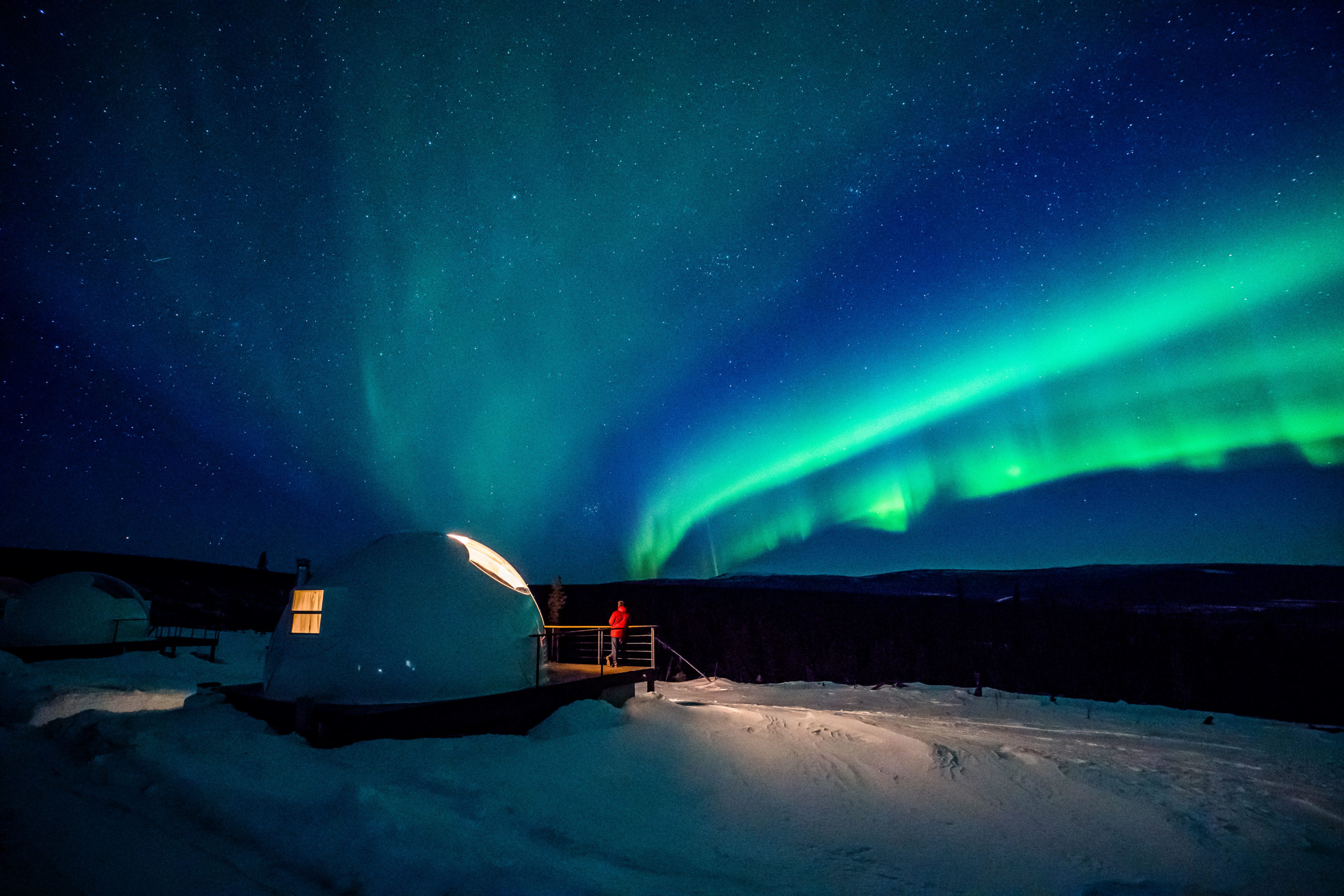Kis türelmet...

Kis türelmet...



Discover the best time of year to visit Iceland to see the northern lights. Learn about the best seasons and months to see the aurora borealis in Iceland.
The northern lights are one of nature's most enchanting spectacles, but they are also one of the most unpredictable. Before embarking on a northern lights tour or renting a car on Iceland's largest travel marketplace, use this comprehensive guide to increase your chances of seeing nature's most spectacular light show.
The extreme darkness of Iceland's winter has a few advantages. Between September and April, Icelanders are treated to a magnificent natural display: the aurora borealis, also known as the Northern Lights.
The Aurora Borealis is named after Aurora, the Roman goddess of dawn, and Boreas, the Greek word for the north wind. Iceland is a hotspot for this spectacular light show from September to April.
The Aurora Borealis, also known as the Northern Lights, is a natural phenomenon caused by the interaction of solar wind particles with the Earth's magnetic field. This causes particles to release energy, resulting in strange luminous green and purple streaks across the skies.
On clear winter nights, sightseeing excursions are planned around this spectacular, albeit fleeting, natural phenomenon. The ideal location for sightings varies, and excursion leaders are adept at "hunting" the lights, locating places where conditions are optimal for seeing them on any given night.
There are no guarantees that you will see the Northern Lights during your visit, but sightings are much better outside of populated areas, especially away from the capital's light pollution. A number of country hotels provide a special Northern Lights wake-up service.
What months have the best chances of seeing the northern lights?
The northern lights are still visible and can be seen briefly in May and August (though because it never gets properly dark in Iceland in the summer, that would be the wrong time to go looking). Because the nights are the longest from September to March, this is the best time to see the northern lights. Just keep an eye out between dusk and dawn because they can happen at any time. Although northern Scandinavia and far north North America can get very cold in winter, the Gulf Stream keeps Iceland much warmer than Alaska, Canada, Finland, Norway, and Sweden.
When is the right time to visit Iceland to see the northern lights?
Best time to see northern lights in iceland is during solar maximum when the sun is at its most active in its 11-year cycle. The next solar maximum, however, will not occur until around 2025. While the northern lights are more common during the solar maximum, they can occur at any time and are more common than many people realise. If you point your camera to the north during dark, clear skies in Iceland, your photo will almost always include a faint green aurora. And this can quickly turn into a solar storm.
The northern lights are caused by solar electrically charged particles colliding with the Earth's magnetic field. This "solar wind" is funneled down to the magnetic poles of the northern and southern hemispheres, forming a horseshoe shape of excited green, red, and blue particles that swivel and shape-shift over the Arctic Circle on a regular basis. To see them, all you need is darkness and clear skies.
E-mail: ugyfelszolgalat@network.hu
Kommentáld!